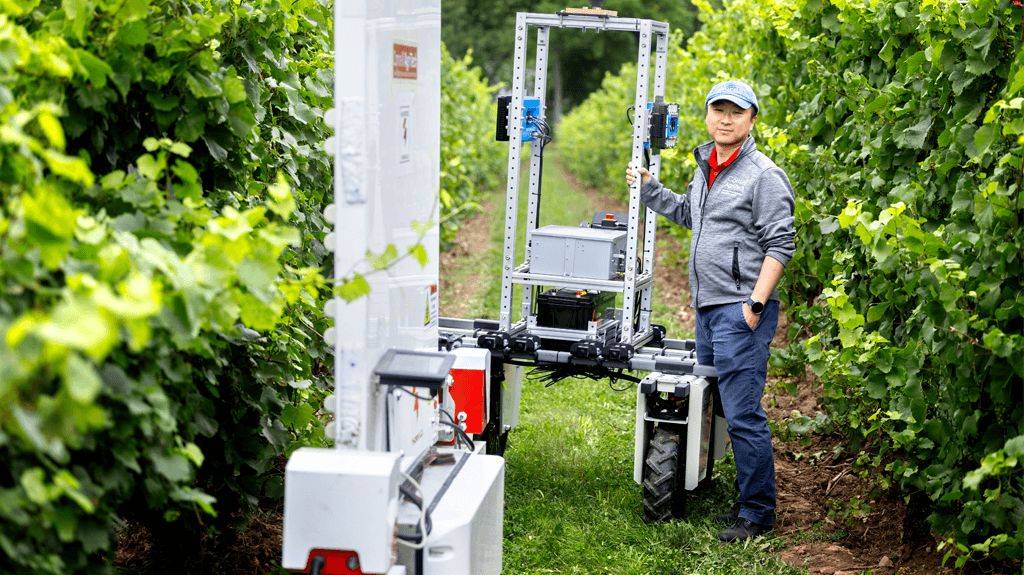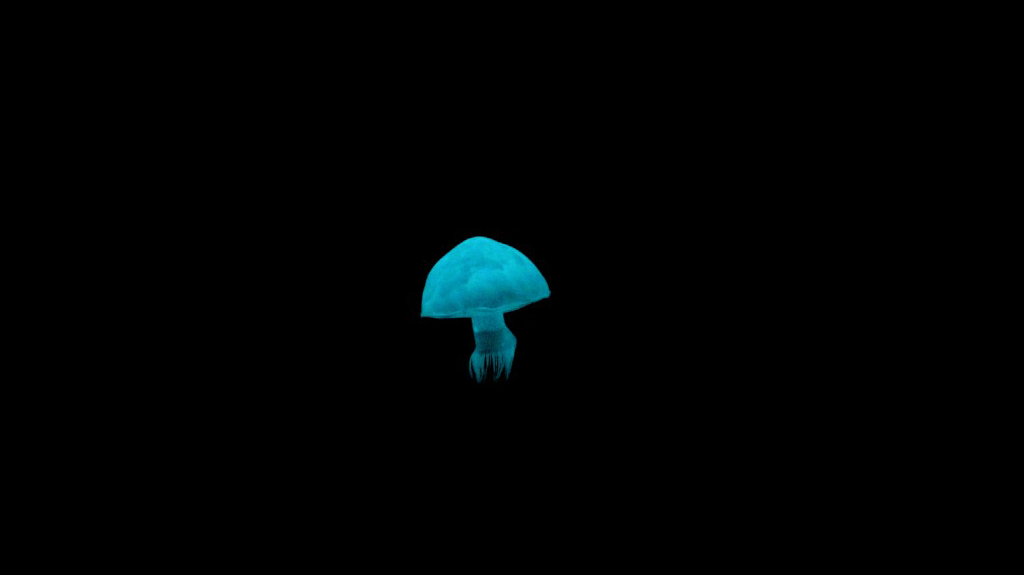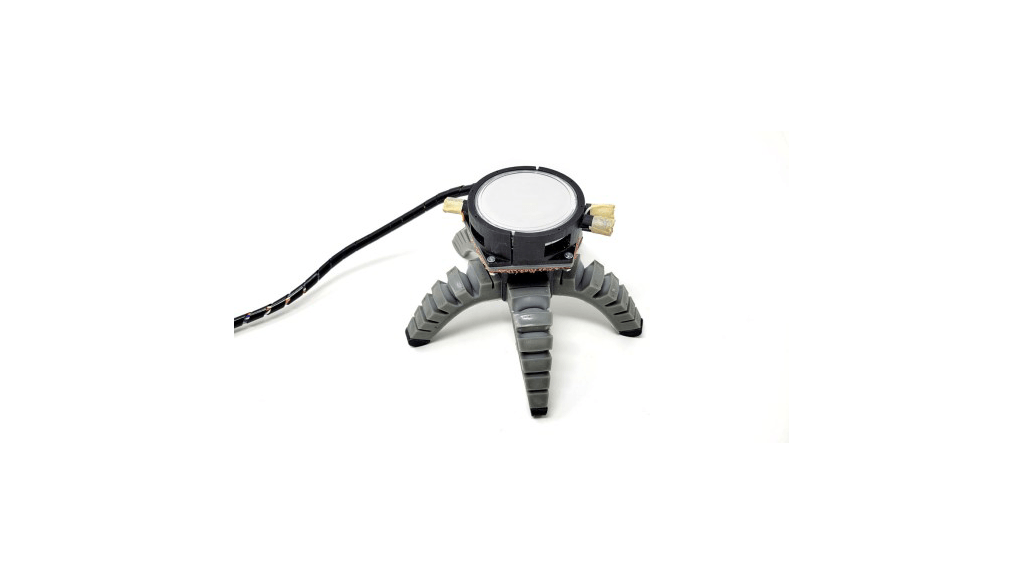Cornell students, faculty, researchers, and alumni have transformed our world and the way we experience it. Here are some new and evolving Cornell-led inventions and methods.
Robots for farms, oceans, and beyond
Cornell students and faculty are making groundbreaking designs and discoveries for all kinds of robotics. Dive deeper into some recent new and novel robots created by Cornellians:
A rapid test for iron deficiency anemia
An interdisciplinary team of Cornell researchers developed AnemiaPhone, a device that enables rapid screening and diagnosis of iron deficiency.
“It’s about changing the paradigm and transforming health care,” says Professor Saurabh Mehta. “We’re not trying to replace traditional or reference laboratories, but in places where people don’t have access to laboratory and medical settings, this is a way to decentralize health care and extend the reach of central labs.”
Read “New Cornell tech to evaluate anemia to be used across India”
Using AI to analyze American literature
A Cornell-led research team is using artificial intelligence to analyze nearly 13,500 books from the last 230 years, highlighting a novel way for scholars in digital humanities and cultural analytics to use large language models. This method allows researchers to unearth details about culture and life throughout history.
“This work is a way to get a view into the more common or daily experience that just isn’t well attested in a lot of other historical documents,” says Professor Matthew Wilkens. “You’re not going to survey millions of people in 1950 or 1850 about what their life was like, and news accounts don’t say much about ordinary people. One of the big traces we have are the stories they left behind.”
Read “In American fiction, it’s a small world after all”
A ‘smart syringe’ for producing living tissue
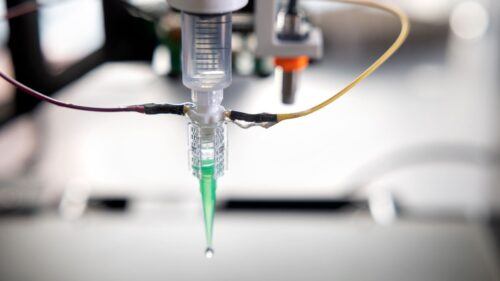
As an undergraduate, Jared Matthews ’21 developed a smart syringe that can measure, in real-time, the concentration and viability of cells that pass through it. This device, developed in partnership with Professor Lawrence Bonassar, could enable surgeons and biomanufacturers to produce higher-quality living tissue and organs for people who need implants.
Read “From lab to patent: Undergrad creates smart syringe for bioprinting”
New instruments and sounds
The music album “Earth to Ezra” features several new instruments created and restored at Cornell. An extensive collection of microtonal plucked instruments designed and built by Jesse Jones DMA ’13 were featured in the album, among others.
The album was the culmination of the work of the Cornell Resounds Project, which works to establish Cornell as a center for the design and creation of new musical instruments and a hub for Cornell’s creative artists.
Listen to “Cornell ReSounds: Earth to EZRA”
Smart glasses for people with hearing loss
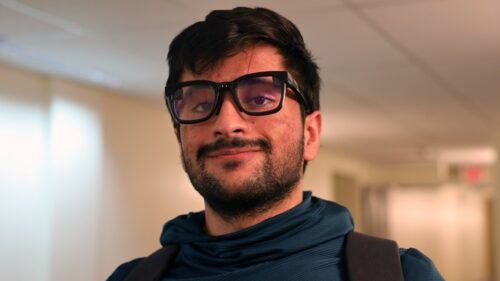
Nirbhay Narang ’25 developed smart glasses that use artificial intelligence to provide real-time transcriptions of audio. His company, AirCaps, created software that creates a seamless connection between the glasses and smartphones.
“For many people, hearing aids are imperfect and too expensive, and they aren’t able to process the sounds you want to hear and leave out background noise,” says Narang.
Read “Student creates smart glasses for people with hearing loss”

